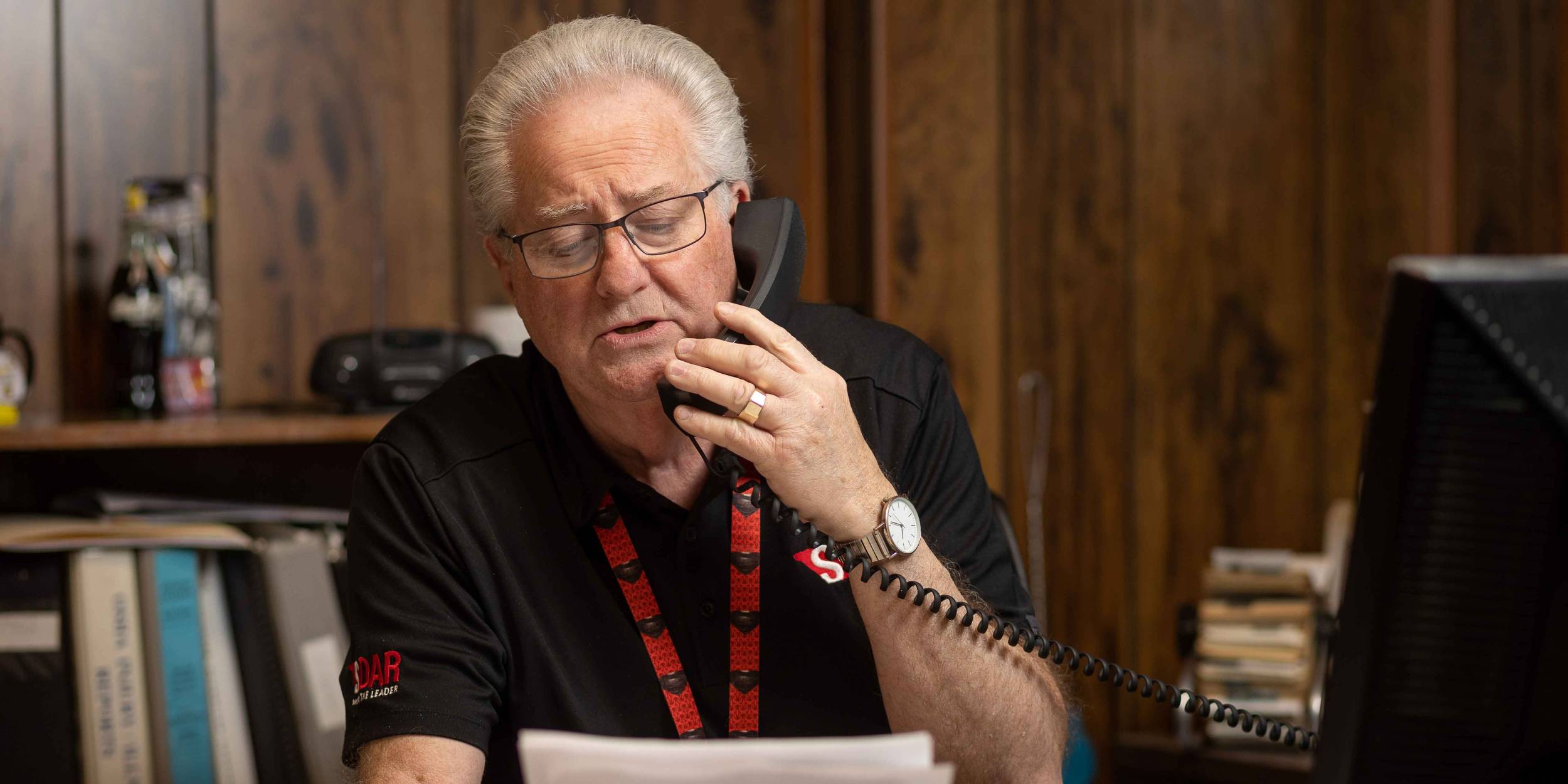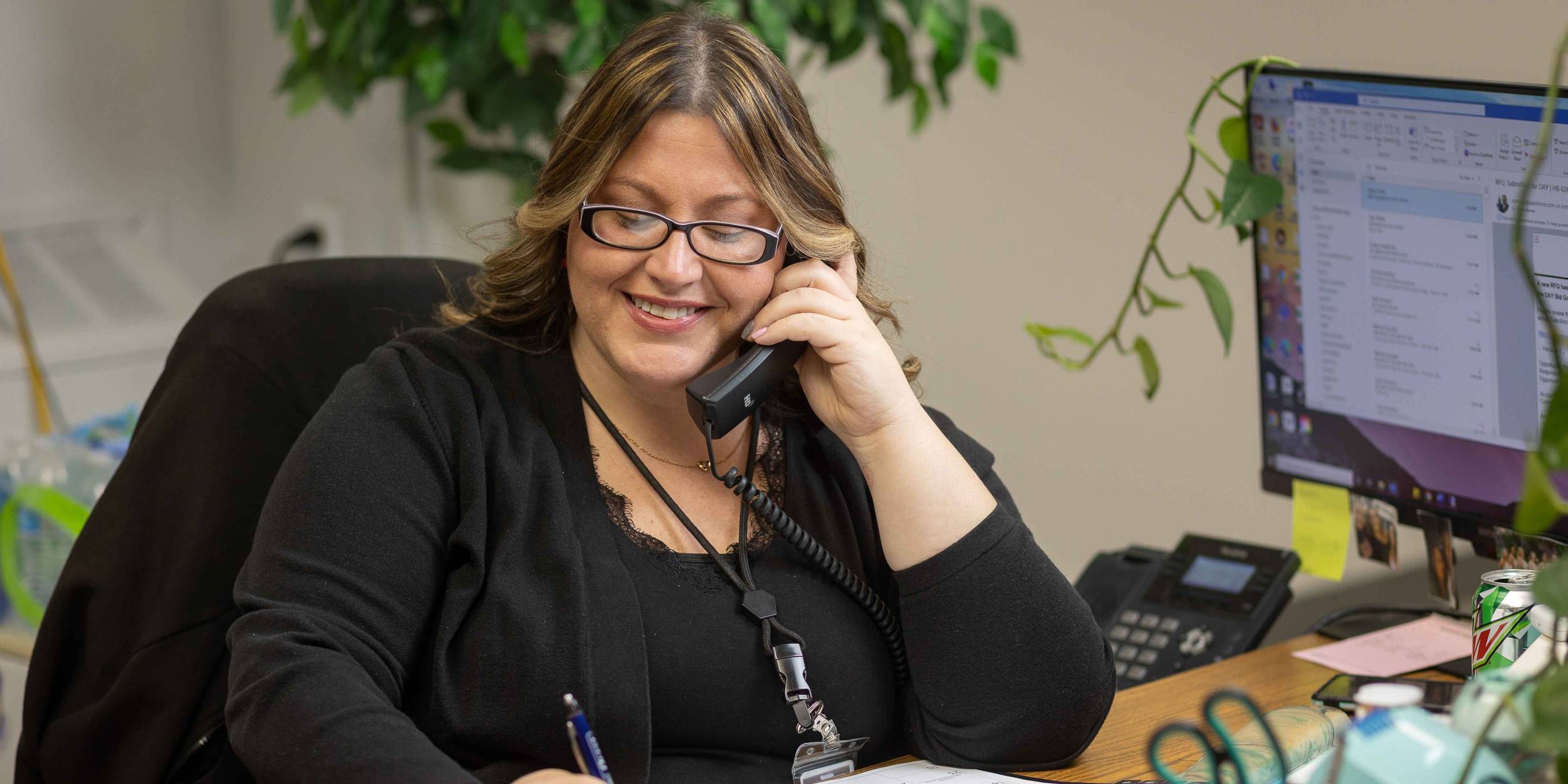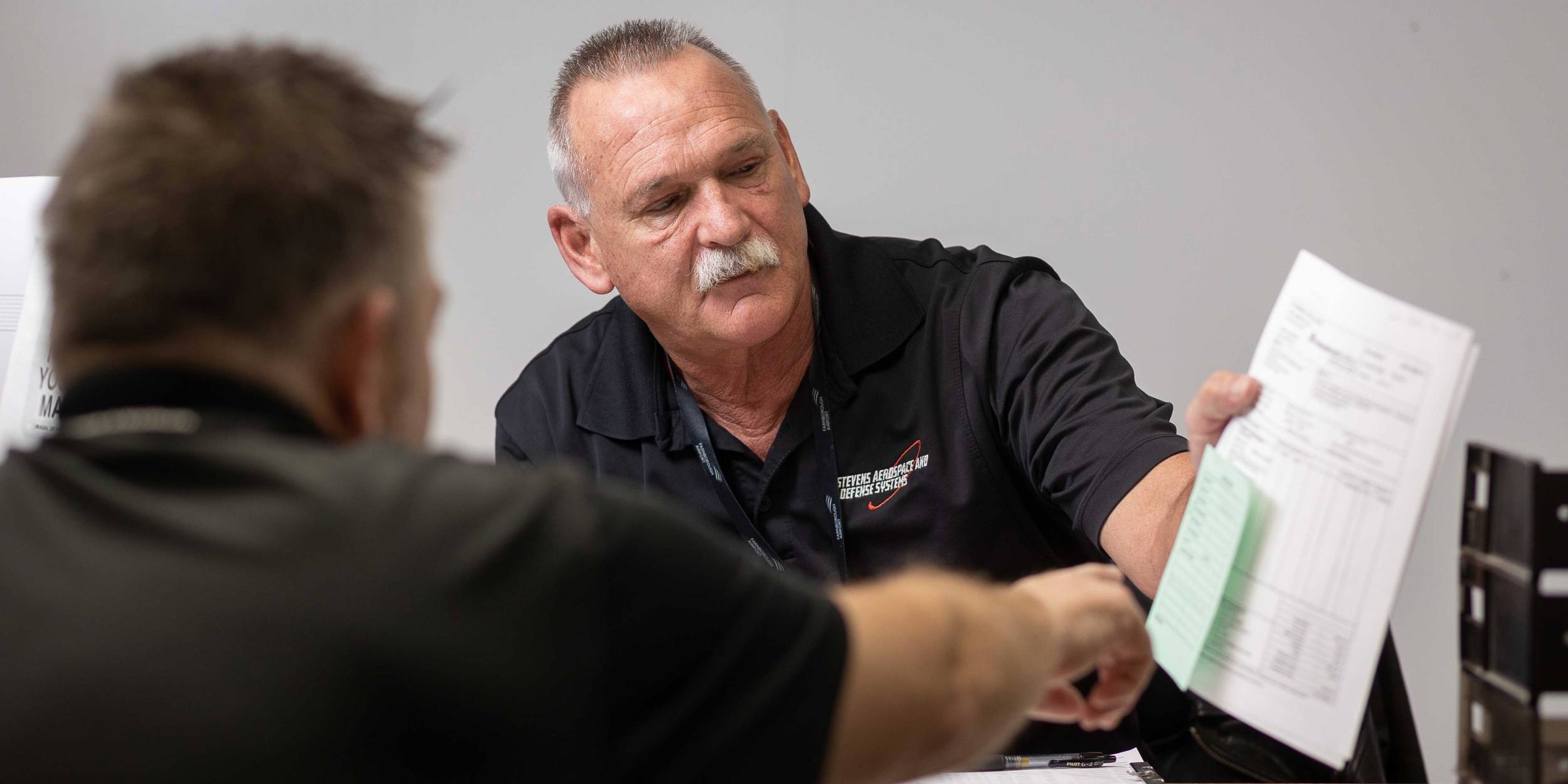Click Here to View This Page on Production Frontend
Click Here to Export Node Content
Click Here to View Printer-Friendly Version (Raw Backend)
Note: front-end display has links to styled print versions.
Content Node ID: 414224
Welcome back! So, you’ve taken the plunge and bought your dream plane. Life is good and it’s a great day! Now that you’ve got your wings, you might be wondering, “What’s next?”
We’ve got you covered with a series of short, but informative, articles on what to expect regarding maintenance and upkeep. From initial communication to post-visit follow-ups, we’ll cover it all. We’ll focus on areas like understanding your needs and wants, dropping off your aircraft, keeping you updated during the repair process, and post-service follow-ups. Don’t worry, we’ve been doing this for over 70 years and we’re constantly adapting to new technology and customer needs. So, let’s dive in! If you missed any article from this series, you can find them here. 
So, now it’s time for scheduled maintenance. You’ve been working with your repair facility’s representative to determine what inspections are due, you’ve arranged schedules, quotes are signed, aircraft documents are ready, and everyone has agreed on the input date. What’s next? A well-informed and “engaged” facility should be reaching out to you several weeks prior to input to discuss and verify several things – and here are just a few:
- The Introduction of your technical service representative (TSR). This will be your main point of contact throughout the event. The TSR will be the one with the in-process information, solutions and resolutions, as well as the status of the expected out-date.
- Discuss your preferred method of communication as well as get a final check on billing information and how things will be closed out, and when.
- Gain access to your maintenance tracking programs. This will be used to coordinate documentation with your tracking provider before, during, and after the service event.
- Re-verify your airframe, avionics, and engine program information. The repair facility will need to ensure agreed work is approved with your programs ahead of time, and that parts or services are ordered and acquired according to your program specifics. Please understand, having a “coverage program” simply means that you have a “coverage program”. It’s like going to the doctor and having health insurance. There are several program types with many stipulations and the important stuff is buried down in the details. Your repair facility will help give you clarity on this to keep the event running smooth.

Then, and this one is key to a successful input, before your aircraft is brought into the facility, the technical staff should set up a call or meet with you in person to go over several items, like these for example:
- A complete technical review of the agreed workscope. This will ensure that everything you asked for is on the work order and the shop is prepared to start the moment you arrive.
- A discussion of known parts needed for the event. This is to ensure that they will be onsite when you arrive or at a minimum they will arrive when needed in the process.
- A discussion of any new items that may have come up since the workscope was established and need addressed at the event. Often new events can and will have an impact on the completion date so discussing it now as opposed to when you arrive is critical so labor and capacity can be allocated, if possible.
- Although several more items are discussed, the agreed and expected return to service (often shortened to “RTS” in aviation) date will be confirmed and possibly changed if new items were added.
Now that you and the repair facility have confirmed and re-confirmed all the technical and communications details, you are ready to deliver the aircraft to the shop. Unless you simply have some pilots “drop off the plane and get on the road”, here’s what you can expect upon arrival at your input meeting with your technical service representative, and why:
- Final confirmation on the agreed workscope, including the items you may have decided not to perform. This is the final check between you and the facility to ensure everyone is on the same page.
- Discussion of any additional items needed that were not discussed at the pre-input calls and emails. Some of these could have been discovered on the flight in that day. These will be added and any possible changes to the out-date will be discussed and agreed.
- Confirmation on any known parts needed and their status.
- Logbooks and all aircraft data, if applicable and you if brought them, will be transferred, inventoried, and secured at the facility. This also includes gathering times and cycles data needed to verify what may be due as well as ensuring accurate “return to service” logbook data.
- Discuss and re-verify any tracking and program access if applicable.
- Verify preferences on shipping (i.e., overnight or standard ground) and the cost/time impact.
- You and the shop should be doing an inside and outside “walk-around” the plane to mutually agree to and verify its condition “as delivered”. This is also a great time to mention those little things you’ve wanted addressed for years, for example loose armrests, worn or dirty materials, or paint areas that are eroding.
- You and the team will discuss communications preferences whether by call or email, and with who, how often, and who is designated to approve things.
- The aircraft keys will be received and secured. It’s just like when you leave home as you check for phone, wallet, and keys.
- Lastly, with all the agreed work items, you will discuss the expected return to service date.
Usually during the input meeting, or close to it, the technical teams will be starting on your plane with engine runs and other systems checks prior to diving in to the workscope to ensure they have a performance baseline and documentation of the plane’s health. All of this, and much more, is designed to ensure that you and the facility are on the same page prior to any work starting on the aircraft. 
Next time, we’re going to take a fun detour and dive into the nitty-gritty details of aircraft paint and interior refurbishments. We’ll chat about everything from scheme designs to how you actually use the plane. And by that, I mean who or what is flying with you – your furry friend, some cargo, or maybe even those sharp-dressed executives. We’ll also consider the environments you operate in because that can make a difference too.
Why is all this important? It’s all about picking the right materials that suit your needs and your preferences. We’ll even discuss some choices that might cause a few headaches down the line, like having stunning bright white carpet while constantly dealing with muddy shoes or opting for dark carpet when you’ve got your trusty shedding dog as a backseat co-pilot. Oops! So, keep an eye out for our next article on design decisions that bring both style and practicality to your flying adventures. Stay tuned!
If you still have questions we didn't cover, feel free to reach out. You can reach us at [email protected] or you can email me, Phil Stearns, directly at [email protected]. We're always happy to help answer any aircraft-related questions you may have! See you next time!